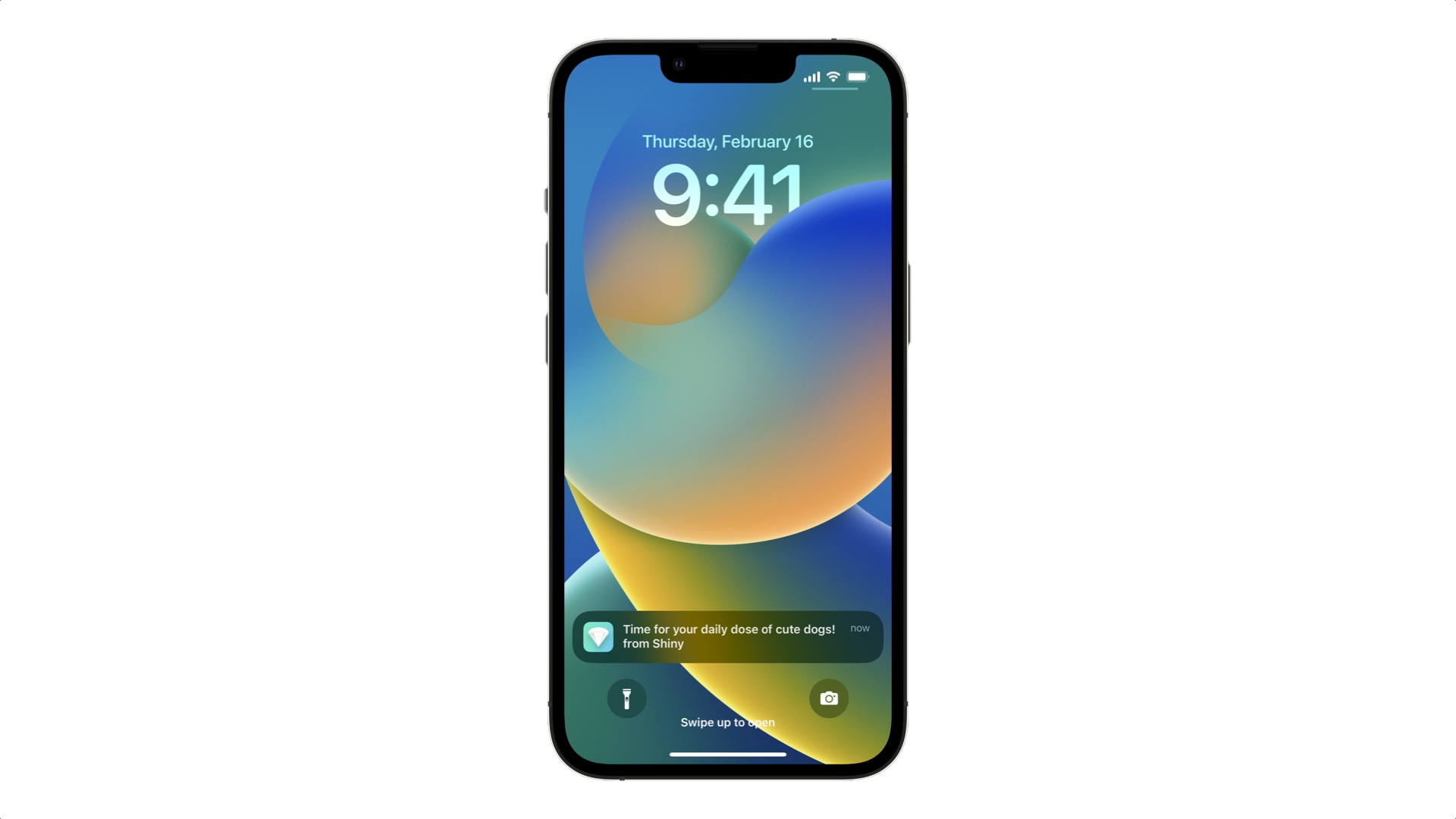
Users will be able to receive push notifications from web apps they’ve added to their homescreens starting with iOS 16.4.
iOS users have been able to add shortcuts for their favourite web apps to their homescreens since 2008. Over the years, Apple has unlocked further capabilities for web apps on iOS—but push notification support has remained a major omission.
As of iOS 16.4, Progressive Web Apps (PWAs) take a big step closer to being able to offer a native app experience.
“With iOS and iPadOS 16.4 beta 1, we are adding support for Web Push to Home Screen web apps. Web Push makes it possible for web developers to send push notifications to their users through the use of Push API, Notifications API, and Service Workers all working together,” wrote the WebKit team in a blog post.
“A web app that has been added to the Home Screen can request permission to receive push notifications as long as that request is in response to direct user interaction — such as tapping on a ‘subscribe’ button provided by the web app. iOS or iPadOS will then prompt the user to give the web app permission to send notifications.”
After granting permission, users will receive notifications from the web app on their lock screen and notification centre, and on a paired Apple Watch. Users can manage the web app’s permissions in the built-in Settings app just like any native app.
“This is the same W3C standards-based Web Push that was added in Safari 16.1 for macOS Ventura last fall. If you’ve implemented standards-based Web Push for your web app with industry best practices — such as using feature detection instead of browser detection — it will automatically work on iPhone and iPad.”
Web apps are now supported by the Badging API to allow developers to set badge counts on iOS users’ homepages. Developers can use setAppBadge and clearAppBadge to change the count.
In the upcoming version of iOS, Apple is finally allowing third-party browsers to add web apps to the homescreen—increasing the potential number of users who may choose to do so.
Here are some other new APIs that may be of interest to web app developers:
Apple is expected to be preparing to allow non-WebKit browsers on iOS and iPadOS. The latest improvements to how web apps function on iDevices, and allowing third-party browsers to add homescreen shortcuts, could be part of those preparations.
(Image Credit: Apple)
Related: Mozilla and Google are developing non-WebKit iOS browsers

Looking to revamp your digital transformation strategy? Learn more about Digital Transformation Week taking place in Amsterdam, California, and London.
Explore other upcoming enterprise technology events and webinars powered by TechForge here.







